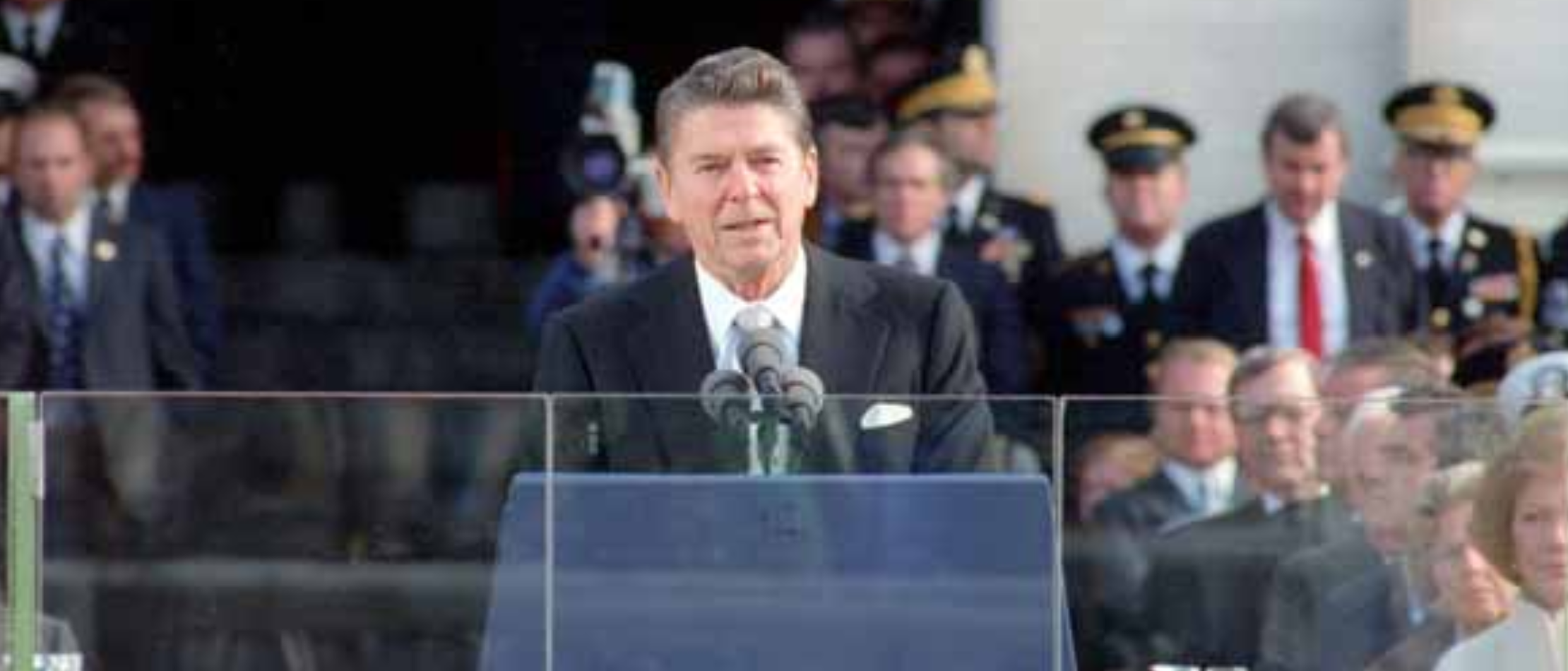
The final results of the 1980 presidential election between the Democratic President Jimmy Carter and his Republican challenger, former California Gov. Ronald Reagan are rightly recorded as a landslide Republican victory. Carter carried just six states: his native Georgia; his running mate’s home state of Minnesota; Rhode Island; Maryland; West Virginia; and Hawaii. The Democrat — by winning only 49 electoral votes to Reagan’s 489 — suffered the most stunning defeat of any incumbent president since 1932, when Republican Herbert Hoover was trounced by Franklin Roosevelt.
But the truth is that the Carter-Reagan contest had been close, with Carter leading between 4% and 8% in Gallup polls all the way to the final week of October, when the two men met in the campaign’s only televised debate. After that Oct. 28 showdown, Gallup found Reagan moving to a 3% lead on his way to a solid 10% victory margin on Nov. 4.
Every presidential election — including those of 1980 and 2020— is a choice between continuity and change. In 1980, voters beset with a painful “misery index” — high interest rates, high inflation rate and a rising unemployment rate — were clearly open to change. But candidate Reagan’s unforced errors — falsely claiming that California had eliminated its smog, that trees caused more pollution than automobiles and that Alaska had more oil than Saudi Arabia — enabled the Carter campaign to make Reagan’s change look too risky. In the one debate, Reagan presented himself as reasonable, nonthreatening and likable. In so doing, he gave voters both permission and confidence to do what they wanted to do: to vote for him and for change.











